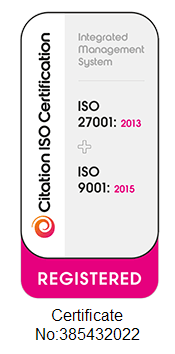A DRO (Debt Relief Order) is a formal financial relief option for people who meet a specific set of criteria. It is essentially a low-cost alternative debt solution to bankruptcy that usually lasts a year, and is only available to people with relatively little debt, low disposable income, and minimal assets.
Should you be eligible for a DRO and your application approved, your name will be added to the Insolvency Register, and your payments towards the specific debts included in the DRO will be halted. For one year, those debts will not be your responsibility to pay, as long as your financial circumstances do not change for the better. Should you receive a pay rise or a windfall, your DRO will be reevaluated to see if you will now be able to pay your debts.
Assuming there is no change in your financial circumstances during the 12-month period of your DRO, the specified debts will be written off after the year is up. Your details will be removed from the Individual Insolvency Register within 3 months of your DRO ending, however, the notification on your credit file will continue for a further 5 years, continuing to affect your credit score. This is because any defaults registered on your credit file will remain for a period of 6 years. You will most likely have a default registered by your creditors on the day your DRO is approved, but not afterwards. If a default is registered after the date your DRO was approved, you can request a Notice of Correction from the credit reference agency. Any default on your credit file means that it will be difficult, although not impossible, for you to obtain credit even after you are released from your DRO. You will likely also have to declare that you have previously entered into a DRO when applying for further credit.
If you are struggling with debt and considering applying for a DRO, please contact our non-judgmental team at Debt Movement for caring and understanding debt guidance and solutions.













